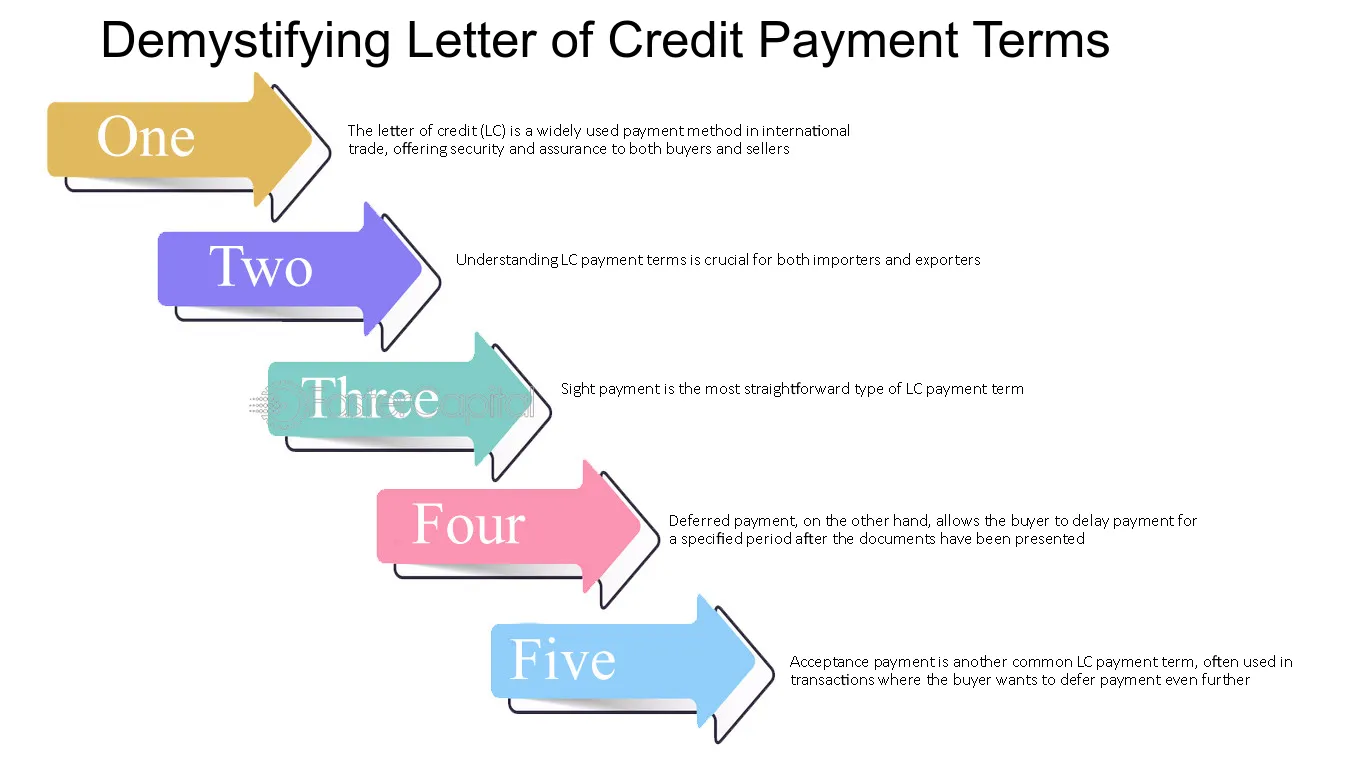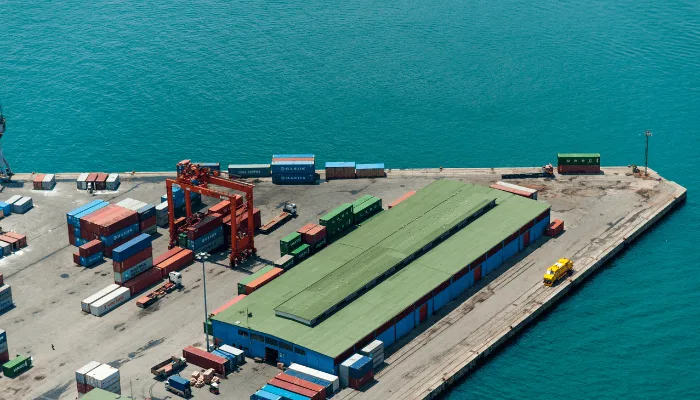
How to Use Letters of Credit (LCs) in Petrochemical Exports (2025 Guide)
Introduction
In global trade—especially in chemical and petrochemical exports—financial security is just as important as logistics and product quality. Exporters dealing with products like PE100B, base oil SN150, and monoethylene glycol often face payment risks when dealing with new international buyers. To reduce these risks, one of the most widely used financial instruments is the Letter of Credit (LC).
A Letter of Credit (LC) is a guarantee issued by a buyer’s bank that payment will be made to the exporter once specific conditions are met. For petrochemical exporters in Iran, Saudi Arabia, and across the Middle East, understanding how to use LCs correctly can mean the difference between a successful shipment and a costly dispute.
This guide explores the essentials of Letters of Credit in petrochemical trade, types of LCs, common mistakes exporters make, and practical tips to avoid them.
1. What Is a Letter of Credit (LC)?
An LC is a document issued by a bank that guarantees an exporter will receive payment from the importer’s bank, provided that all terms and conditions (such as documents and shipping proof) are fulfilled.
Exporter’s Benefit: Ensures payment security, even if the buyer defaults.
Importer’s Benefit: Guarantees that payment is only made if goods are shipped as agreed.
2. Why LCs Are Important in Petrochemical Exports
For petrochemical products like PE100B resin, SN150 base oil, and MEG (monoethylene glycol), shipments are often high in value. Exporters and suppliers rely on LCs because:
International buyers and suppliers may not know each other well.
Petrochemical prices fluctuate; LCs provide a stable payment framework.
Many regions (e.g., Asia, Africa) prefer LCs for large-volume imports.
They minimize risks in politically sensitive or sanction-affected regions.
3. Types of Letters of Credit in Petrochemical Trade
| Type of LC | Key Features | Best Use Case |
|---|---|---|
| Irrevocable LC | Cannot be canceled or modified without agreement of both parties | Standard for large petrochemical shipments |
| Confirmed LC | A second bank guarantees payment in addition to buyer’s bank | For exporters dealing with high-risk markets |
| Sight LC | Payment made immediately upon presentation of compliant documents | Fast-moving products like solvents or PE grades |
| Usance (Deferred) LC | Payment made after a fixed time period (30–180 days) | When buyers need time to resell before paying |
| Standby LC | Used more as a guarantee; activated only if buyer defaults | Backup for uncertain or new buyer relationships |
4. Documents Required for LC in Petrochemical Exports
To receive payment under an LC, exporters must submit documents exactly as required by the bank. Common documents include:
Commercial Invoice with correct HS codes (e.g., HS 2905.32 for MEG).
Packing List with detailed weight and quantity.
Bill of Lading or airway bill.
Certificate of Origin.
Inspection Certificate (sometimes required for chemicals like solvents or oils).
Insurance Certificate if cargo is covered.
5. Common Mistakes Exporters Make with LCs
Mismatch in documents (e.g., weight or product description differs).
Late presentation of shipping documents.
Accepting LCs from weak or unfamiliar banks without confirmation.
Not negotiating LC terms before shipment.
Assuming all LCs guarantee immediate payment (some are deferred).
6. Practical Tips for Exporters
Always negotiate LC terms upfront, especially product description and shipment deadlines.
Work with a trusted freight forwarder and customs broker.
Use an LC checklist before submitting documents to the bank.
For high-value products like PE100B or base oil SN150, consider confirmed LCs to add another layer of security.
7. Future of LCs in Petrochemical Trade
Digital LCs: Many banks are shifting to blockchain-based LCs for faster processing.
AI-based verification: Automated document checks will reduce human error.
Shift toward open account trading: Some large buyers may push for more trust-based payments, but LCs will remain essential in risky markets.
FAQs
Q1: Are Letters of Credit still widely used in petrochemical exports?
Yes. Despite digital payment trends, LCs remain the most secure option for large-value exports.
Q2: Do LCs affect monoethylene glycol price or PE100B price?
Indirectly. LC costs (bank fees, confirmations) are added to the overall transaction, influencing the final monoethylene glycol price or PE100B price buyers pay.
Q3: How long does it take to receive payment under an LC?
With a Sight LC, exporters receive payment immediately upon document verification. With Usance LCs, payment can take 30–180 days.
Q4: Should Iranian exporters always use confirmed LCs?
For markets where buyer banks may be less reliable, confirmed LCs add extra security.
Could you find suppliers in Iran?
- Contact Us today and get connected with producers and export-ready logistics.
- sales@PetroExportHub.com

Related posts
Mono Ethylene Glycol (MEG) serves as a cornerstone for modern antifreeze and coolant formulations, offering reliable freezing protection and heat resi . . .
Explore Solvent 100’s specs, uses, and export opportunities from Iran. Ideal for paint, ink, and adhesive buyers in India, Turkey, UAE, and Africa. . . .
Explore everything you need to know about exporting sulphur from Iran in 2024 — including types, packaging, documents, ports, prices, and top import . . .
Explore Iran’s top ports for petrochemical exports, including Bandar Imam Khomeini, Assaluyeh, and Bandar Abbas. Compare infrastructure, accessibili . . .
Learn the key differences between polypropylene (PP) and polyethylene (PE), their applications, advantages, and how to choose the right polymer for yo . . .
Discover how a Turkish plastics manufacturer reduced costs by 22% through importing HDPE from Iran. Real-world case study by PetroExportHub. . . .
Learn why Iran is a leading exporter of polyethylene (PE). Discover grades, global applications, and how PetroExportHub connects buyers with top suppl . . .
We are here to answer your questions....
Petro Export Hub
PetroExportHub specializes in the export of premium-grade petrochemicals, minerals, and industrial chemicals from Iran, serving international markets with reliability, transparency, and tailored logistics solutions
Tehran Office
Phone:
0214865484 | +989127607241
Address:
Tehran..
China Office
TEL :
0211400
Address:
Zhongzhou Bie Lu, Zhongcheng Street, Yiwu City, Zhejiang Province, China
Quick Access
Quick Access
- Contact Our Sales Team
- Frequently Questions
- Shipping & Logistics
- Become a Partner
- Certificatins & Quality







